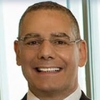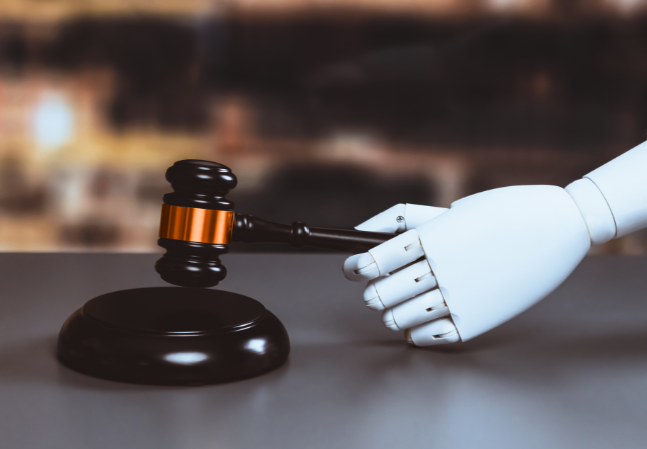Welcome! Save 30% on all CLE, CPE, and Professional Skills webinars, plus 15% off any annual pass with code HOLIDAY25
About the Course
Introduction
This CLE course will guide patent practitioners on drafting their software patent applications to comply with Section 102, 103, and 112 requirements and defending software patents from attacks under those statutory sections. The panel will discuss federal court guidance, prosecution guidelines, and offer litigation and prosecution strategies.
Description
While practitioners emphasize meeting the Section 101 requirements, software patents, like other U.S. patents, must also meet the novelty, non-obviousness, and written description/enablement requirements of Sections 102, 103, and 112.
When preparing and prosecuting software-related inventions, prosecution counsel should be mindful of the challenges in meeting the non-obviousness requirement post-KSR v. Teleflex. Addressing an obviousness rejection is complex. Examiners regularly reject patent claims as obvious under Sect. 103 given a combination of prior art references applying guidance outlined in the MPEP. It is not enough to argue that the examiner has not established a prima facie case of obviousness or has not found a teaching, suggestion, or motivation to combine the prior art.
Also, the written description must establish that the applicants possessed the claimed invention by showing the relevant identifying characteristics of the claimed invention through drawings, flow charts, words, and in some cases, program listings submitted in computer-readable form. In particular, when means plus function limitations are employed, sufficient corresponding structure or specific algorithms for each embodiment are needed.
Listen as our authoritative panel of patent attorneys reviews recent court and PTAB guidance. The panel will provide best practices for drafting patent applications/claims to meet Section 102, 103, and 112 requirements and minimize the likelihood of rejections.
Presented By

Mr. Kiklis leverages his 30 years of experience to represent clients in his areas of focus: trials at the PTAB and patent litigation. He has been involved in 100 PTAB trials. He also handles appeals to the Federal Circuit from his cases, having now been involved in over 20 appeals. He both enforces and defends the intellectual property rights of his clients and is often called upon to handle cases worth more than $100 million. Mr. Kiklis brings an in-depth understanding of the business and IP needs of his technology clients, which he developed from years of experience in virtually every kind of patent matter, from cross-licensing and due diligence to bet-the-company PTAB trials and patent litigation. He has an extensive background in computer science based on his six years of experience as a software developer at some of the computer industry’s leading companies. Mr. Kiklis provides significant and influential thought leadership as a frequent speaker and author on patent law, including patentable subject matter and PTAB trials. He is also the author of The Supreme Court on Patent Law, an 800-page treatise devoted to the Supreme Court’s patent law jurisprudence.

Mr. Kunin represents clients in post-grant patent proceedings at the U.S. Patent and Trademark Office. He also serves as an expert witness and consultant on patent policy, practice and procedure. During his tenure at the USPTO, he served in many executive positions, including as Deputy Commissioner for Patent Examination Policy.
-
This 90-minute webinar is eligible in most states for 1.5 CLE credits.
-
Live Online
On Demand
Date + Time
- event
Thursday, July 22, 2021
- schedule
1:00 p.m. ET./10:00 a.m. PT
- Challenges in drafting software patent specifications
- Best practices for drafting software patent claims
- Guidance from Federal Circuit and PTAB decisions for meeting requirements
- Novelty
- Non-obviousness
- Written description
- Enablement
- Claim definiteness
- Defending Section 102, 103, and 112 challenges at the district court and PTAB
The panel will review these and other high priority issues:
- What are the hurdles for patent counsel to demonstrate a software-related claim is novel and non-obvious during prosecution?
- What is the best way to defend against Section 102, 103, or 112 attacks at the district court and the PTAB?
Unlimited access to premium CLE courses:
- Annual access
- Available live and on-demand
- Best for attorneys and legal professionals
Unlimited access to premium CPE courses.:
- Annual access
- Available live and on-demand
- Best for CPAs and tax professionals
Unlimited access to premium CLE, CPE, Professional Skills and Practice-Ready courses.:
- Annual access
- Available live and on-demand
- Best for legal, accounting, and tax professionals
Unlimited access to Professional Skills and Practice-Ready courses:
- Annual access
- Available on-demand
- Best for new attorneys
Related Courses

Patent Validity and Entresto: Lessons From the Ongoing Dispute
Tuesday, January 13, 2026
1:00 p.m. ET./10:00 a.m. PT

Evaluating and Acquiring Patent Portfolios: Key Considerations
Thursday, February 19, 2026
1:00 p.m. ET./10:00 a.m. PT

Evaluating and Acquiring Patent Portfolios: Key Considerations
Available On-Demand

Invalidity Opinions in Patent Litigation: Shielding Against Liability
Available On-Demand



